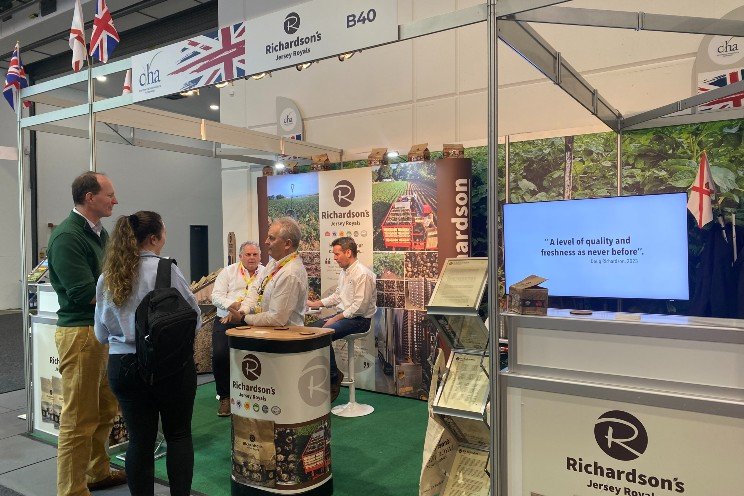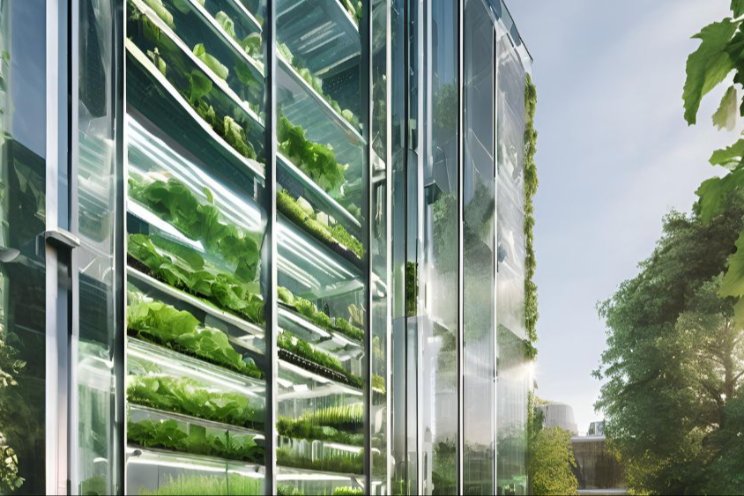Food supply chains are altering: How cities can 'build back better'
Added on 28 June 2022

With painful disruptions caused by fluctuating demand, shipping bottlenecks, and labor shortages, supply chains are becoming a new topic of conversation at dinner tables across the country.
How does a family shop for food in the age of climate and pandemic crises? How does a city ensure that its most vulnerable have consistent access to nutritious, affordable food?
The answers turn out to be as diverse as the ways people grow, cook, and enjoy food, but it ultimately boils down to one central tradeoff: between efficiency and resiliency.
Historically, efficiency has been the goal.
Since WWII, our food system has been on a one-way trip towards scale and efficiency. Everything from the number of farms, to the types of crops, to how they get to market, have all become more consolidated in recent decades.
It started with a post-war boom of generous government subsidies favoring overproduction, which coupled with advances in hybrid crops and synthetic inputs, meant farmers focused on just a select few staple grain crops. This allowed calories to become cheaper and cheaper, but drastically shrank the genetic diversity that farmers rely on, an alarming fragility given the changing climate and its effect on traditional crop performance.
Image sourced from the National Young Farmers Coalition
Written By: Christian Kanlian, Food Systems Consultant at Agritecture
Source: Agritecture
More news















